 |
||
|
|
| Learning Methods | |||||
| Study Method Type | |||||
|
|||||
| Method based on memorization such as rehearsal and rote learning | |||||
Memorization is the process of committing something to memory. The act of memorization is often a deliberate mental process undertaken in order to store in memory for later recall items such as experiences, names, appointments, addresses, telephone numbers, lists, stories, poems, pictures, maps, diagrams, facts, music or other visual, auditory, or tactical information. Memorization may also refer to the process of storing particular data into the memory of a device. One of the most basic approaches to learning any information is simply to repeat it by rote. Typically this will include reading over notes or a textbook, and re-writing notes. |
|||||
| Methods based on communication skills e.g. reading and listening | |||||
The weakness with rote learning is that it implies a passive reading or listening style. Educators such as John Dewey have argued that students need to learn critical thinking - questioning and weighing up evidence as they learn. This can be done during lectures or when reading books. One method used to focus on key information when studying from books is the PQRST method.This method prioritizes the information in a way that relates directly to how they will be asked to use that information in an exam. PQRST is an acronym for Preview, Question, Read, Summary,Test.
There are a variety of studies from different colleges nation-wide that show peer-communication can help increase better study habits tremendously. One study shows that an average of 73% score increase was recorded by those who were enrolled in the classes surveyed. |
|||||
| Methods based on cues e.g. flashcard training | |||||
Flash Cards are visual cues on cards. These have numerous uses in teaching and learning, but can be used for revision. Students often make their own flash cards, or more detailed index cards - cards designed for filing, often A5 size, on which short summaries are written. Being discrete and separate, they have the advantage of allowing students to re-order them, pick a selection to read over, or choose randomly to for self-testing. |
|||||
| Methods based on condensing information, summarizing and the use of keywords | |||||
Summary methods vary depending on the topic, but most involve condensing the large amount of information from a course or book into shorter notes. Often these notes are then condensed further into key facts. Organized summaries: Such as outlines showing keywords and definitions and relations, usually in a tree structure. Spider diagrams: Using spider diagrams or mind maps can be an effective way of linking concepts together. They can be useful for planning essays and essay responses in exams. These tools can give a visual summary of a topic that preserves its logical structure, with lines used to show how different parts link together. |
|||||
| Methods based on visual imagery | |||||
Some learners are thought to have a visual learning style, and will benefit greatly from taking information from their studies which are often heavily verbal, and using visual techniques to help encode and retain it in memory. Some memory techniques make use of visual memory, for example the method of loci, a system of visualising key information in real physical locations e.g. around a room. Diagrams are often underrated tools. They can be used to bring all the information together and provide practice reorganizing what has been learned in order to produce something practical and useful. They can also aid the recall of information learned very quickly, particularly if the student made the diagram while studying the information. Pictures can then be transferred to flash cards that are very effective last minute revision tools rather than rereading any written material. |
|||||
| Methods based on acronyms and mnemonics | |||||
A mnemonic is a method of organizing and memorizing information. Some use a simple phrase or fact as a trigger for a longer list of information. For example, the points of the compass can be recalled in the correct order with the phrase "Never Eat Shredded Wheat". Starting with North, the first letter of each word relates to a compass point in clockwise order round a compass. |
|||||
| Methods based on exam strategies | |||||
The Black-Red-Green method (developed through the Royal Literary Fund) helps the student to ensure that every aspect of the question posed has been considered, both in exams and essays .The student underlines relevant parts of the question using three separate colors (or some equivalent). BLAck denotes 'BLAtant instructions', i.e. something that clearly must be done; a directive or obvious instruction. REd is a REference Point or REquired input of some kind, usually to do with definitions, terms, cited authors, theory, etc. (either explicitly referred to or strongly implied). GREen denotes GREmlins, which are subtle signals one might easily miss, or a ‘GREEN Light’ that gives a hint on how to proceed, or where to place the emphasis in answers. Another popular method whilst studying is to P.E.E; Point, evidence and explain, reason being, this helps the student break down exam questions allowing them to maximize their marks/grade during the exam. Many Schools will encourage practicing the P.E.Eing method prior to an exam. |
|||||
| Methods based on time management, organization and lifestyle changes | |||||
Often, improvements to the effectiveness of study may be achieved through changes to things unrelated to the study material itself, such as time-management, boosting motivation and avoiding procrastination, and in improvements to sleep and diet. Time management in study sessions aims to ensure that activities that achieve the greatest benefit are given the greatest focus. A traffic lights system is a simple way of identifying the importance of information, highlighting or underlining information in colours:
This reminds students to start with the things which will provide the quickest benefit, while 'red' topics are only dealt with if time allows. The concept is similar to the ABC analysis, commonly used by workers to help prioritise. Also, some websites (such as FlashNotes) can be used for additional study materials and may help improve time management and increase motivation. |
|||||
| 1 | Make things interesting. Logical arguments will not give you motivation to study. Thinking that if I study hard and get into a good university and get a good job, etc., will not interest you. Love what you do. Try to find the beauty of every subject, and most importantly try to link it with the events of your life and things that interest you.
|
||||
| 2 | Manage your time. Make a weekly schedule and devote a certain amount of time per day to studying. This will also improve your grades. That amount will vary depending on whether you're in high school or college, and also varies by field of study. | 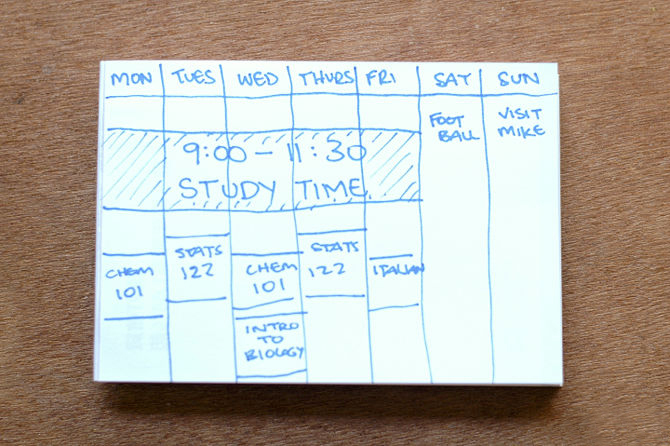 |
|||
| 3 | Study in 20-50 minute chunks. It takes time for your brain to form new long-term memories, and you can't just keep studying flat out. Write notes to the side, or write questions about the text you just read. Take 5-10 minute breaks minimum and do something physically active to get your blood flowing and make you more alert. Do a few jumping jacks, run around your house, play with the dog, whatever it takes. Do just enough to get yourself pumped, but not worn out.
|
 |
|||
| 4 | Find a good study spot. You should feel comfortable, but not so comfortable that you risk falling asleep--a bed isn't a very good study spot when you're tired! The place where you study should be relatively quiet (traffic outside your window and quiet library conversations are fine, but interrupting siblings and music blasting in the next room are not).
|
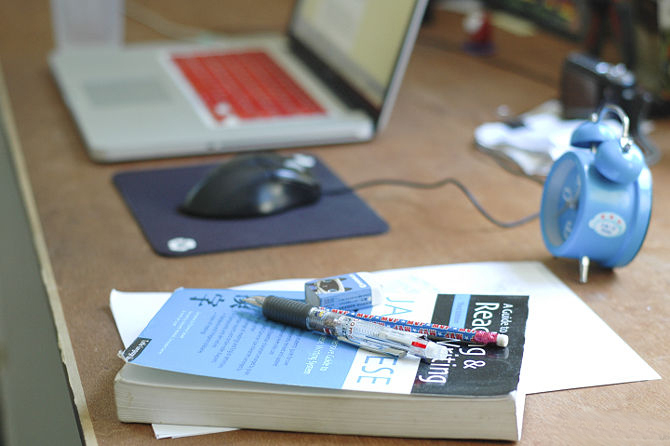 |
|||
| 5 | Clear your mind. If you’ve got a lot on your mind take a moment to write yourself some notes about what you're thinking about before you start studying. This will help to clear your mind and focus all your thoughts on your work.
|
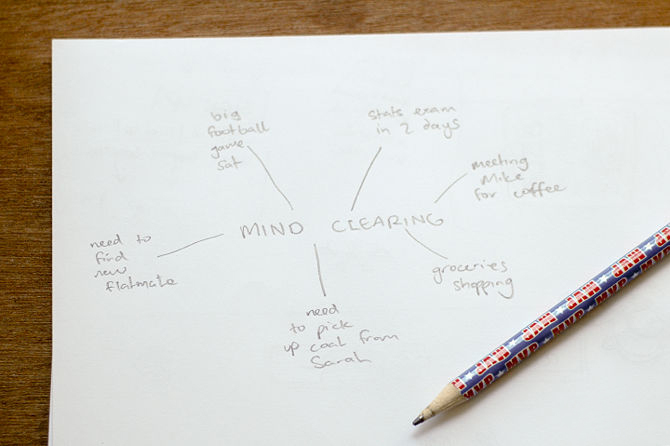 |
|||
| 6 | Snack smart while you study. Have your snacks prepared when you begin a study session--don't wait till you get hungry and go rummaging for food. Avoid any snacks or drinks that will give you a rush of energy, because with every rush comes a crash in which all the information you studied is lost to an intense desire to sleep. Focus on "slow release" carbohydrates, which not only give you a steady stream of energy, but they also boost serotonin, a brain chemical that makes you feel good | 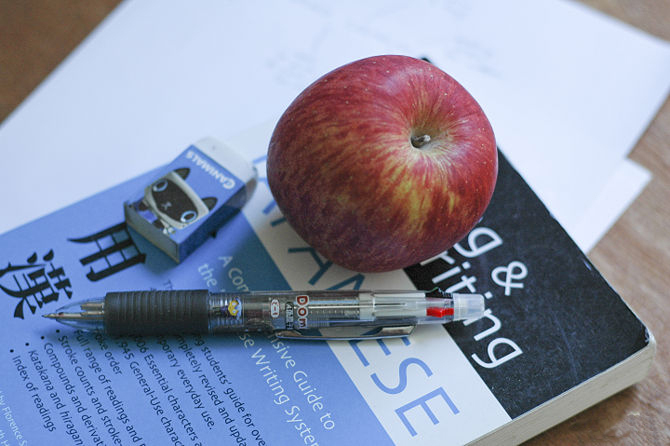 |
|||
| 7 | Rewrite your notes at home. When you're in class, emphasize recording over understanding or neatness when you take notes. That doesn't mean you shouldn't try to understand or organize your notes at all; just don't waste time doing something in class that you can figure out or neaten up at home. Consider your in-class notes a "rough draft" of sorts. Rewrite your notes as soon after the class as possible, while the material is fresh in your mind so that you can fill in any gaps completely from memory. The process of rewriting your notes is a more active approach to studying--it engages your mind in a way that just reading the notes doesn't.
|
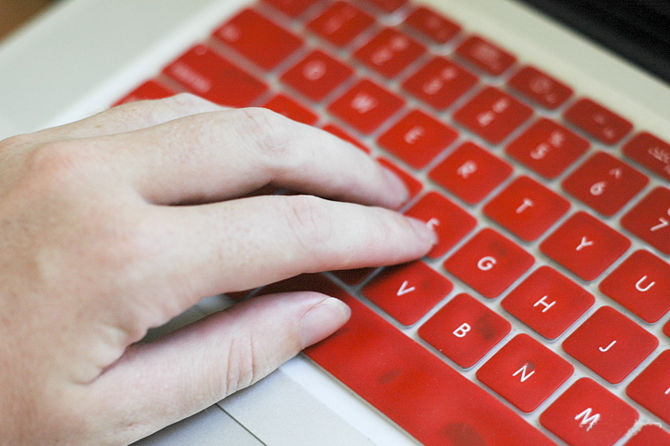 |
|||
| 8 | Learn the most important facts first. Don't just read the material from beginning to end, stopping to memorize each new fact as you come to it. New information is acquired much more easily when you can relate it to material that you already know.
|
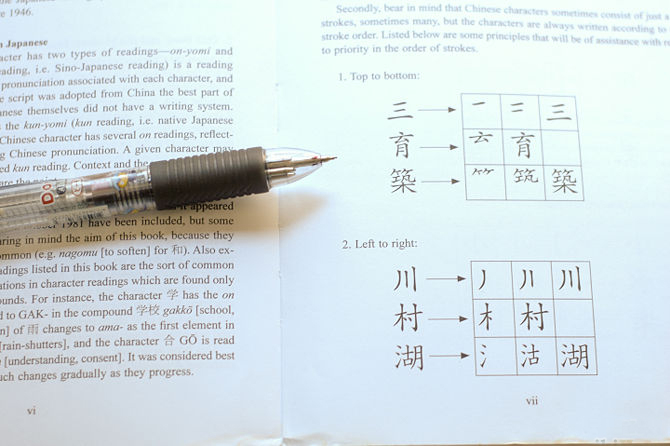 |
|||
|
|||||
| 9 | Make flash cards. Traditionally, this is done with index cards, but you can also download computer programs that cut down on space and the cost of index cards. You can also just use a regular piece of paper folded (vertically) in half. Put the questions on the side you can see when the paper is folded; unfold it to see the answers inside. Keep quizzing yourself until you get all the answers right reliably. Remember: "Repetition is the mother of skill."
|
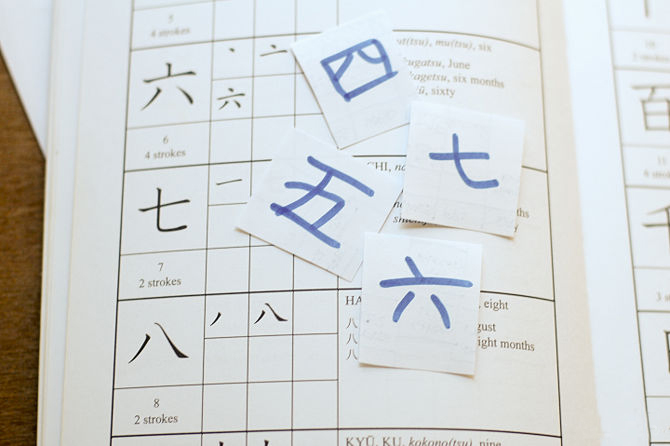 |
|||
| 10 | Find out if your textbook has a vocabulary section, a glossary, or a list of terms, make sure that you understand these completely. You don't have to memorize them, but whenever there is an important concept in a particular field, there is usually a special term to refer to it. Learn these terms, and be able to use them easily, and you will have gone a long way towards mastering the subject itself. (Besides, teachers frequently draw from these lists as a quick and easy way to make up test questions!) | 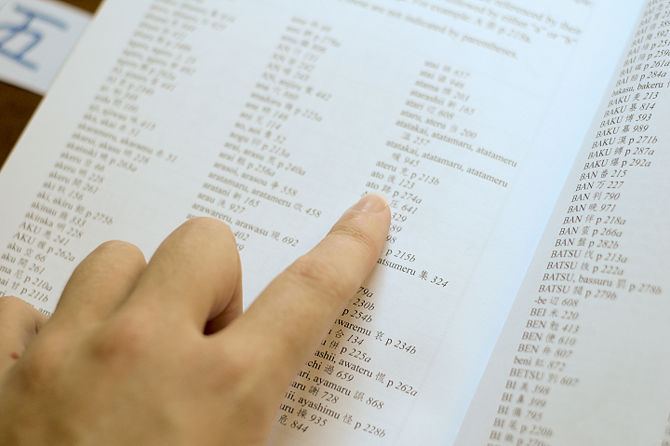 |
|||
| 11 | Make associations. The most effective way to retain information is to "tie" it to existing information that's already lodged in your mind.
|
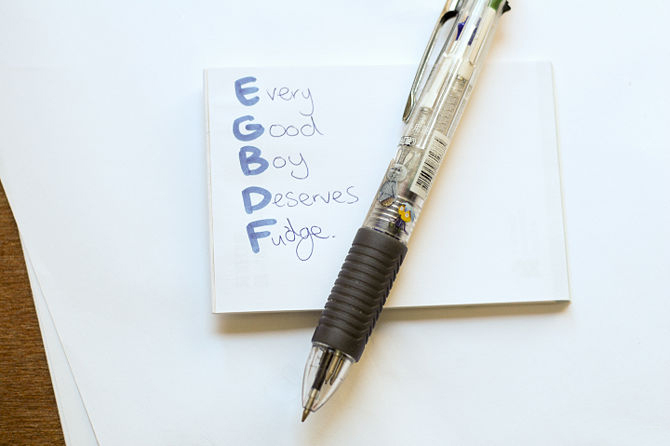 |
|||
|
|||||
| 12 | Make it a group effort. Get some friends together--friends who are actually interested in studying, that is--and have everyone bring over their flash cards. Pass them around and quiz each other. If anyone is unclear on a concept, take turns explaining them to each other. Better yet, turn your study session into a game like Trivial Pursuit. | 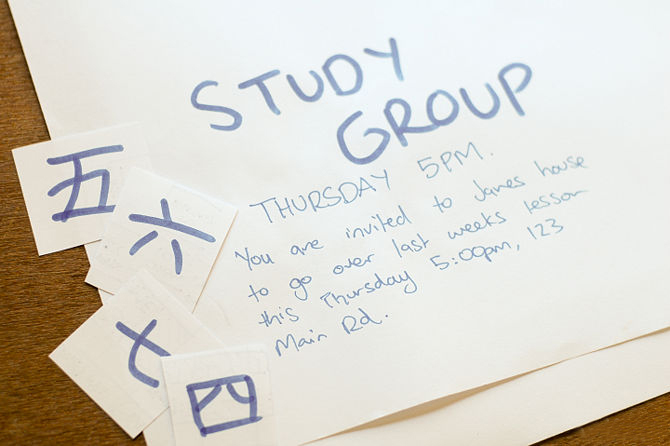 |
|||
| 13 | If you are easily distracted by social networking sites such as YouTube, Facebook, etc., then download the one of the available applications to instantly block some of the distracting sites on your computer. When you are done with your work, you can unblock access to all the sites as before. | 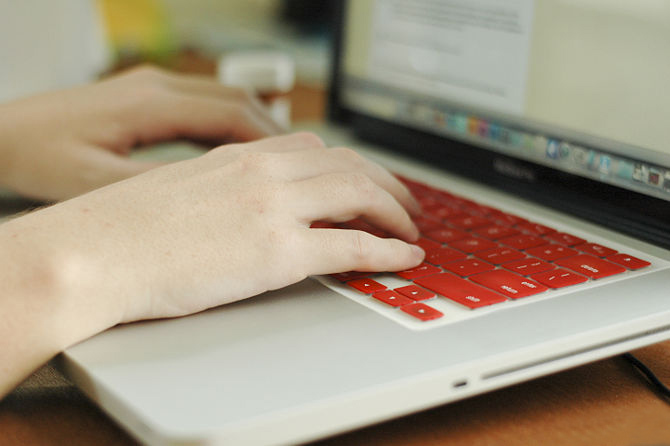 |
|||
| LOGIN TO MAIL | COPYRIGHT 2014. ALL RIGHTS RESERVED. | Designed By Mart2Global.com Formally Global Websoft Pvt Ltd |










 1
1 2
2 3
3 4
4 6
6 7
7 8
8 10
10 11
11 12
12